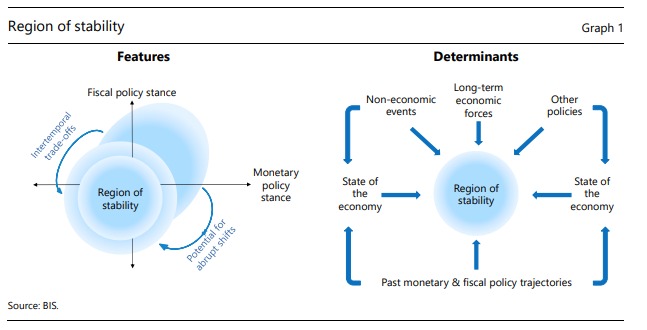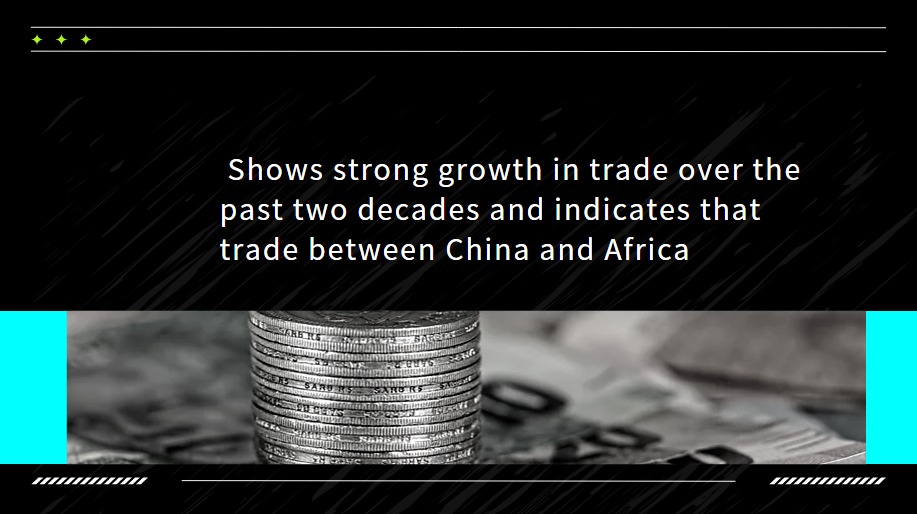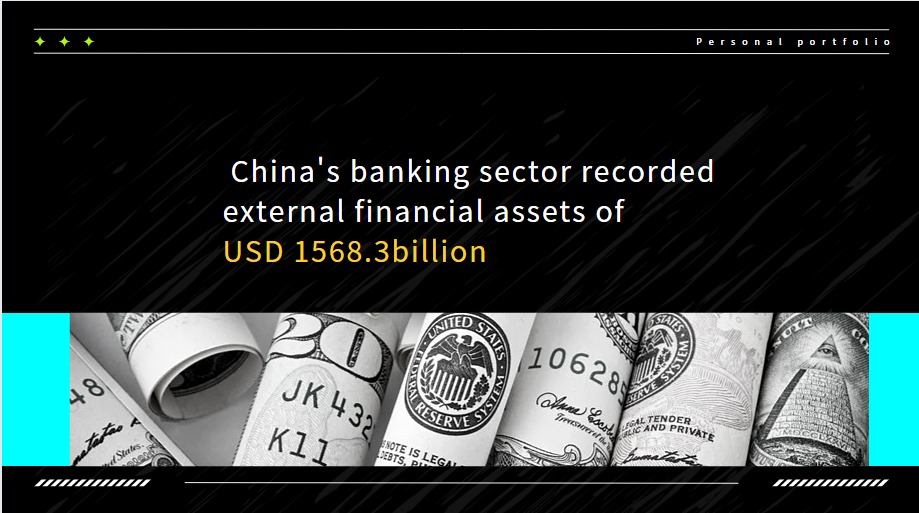Seiji Adachi: Economic activity, prices, and monetary policy in Japan
Download → PDF full text
I. Economic Activity and Prices
A. Economic Activity
First, I would like to touch on developments regarding COVID-19. While three years have passed since its outbreak, COVID-19 was downgraded in Japan to a Class V infectious disease under the Infectious Disease Control Law on May 8, 2023, bringing about further normalization of socioeconomic activity. Although a certain degree of vigilance is necessary, leading examples of such normalization overseas suggest that COVID-19 will have much less impact on Japan's economy than previously.
Taking this into account, I will now talk about recent developments in Japan's economic activity. The economy has continued to recover moderately, although the pace of recovery has decelerated recently, as evidenced by some slowdown in certain indicators of private consumption and in exports. These developments in private consumption are likely due to price rises, and those in exports to a slowdown in the pace of recovery in overseas economies.
Let us look at private consumption in more detail. Consumption of durable goods such as automobiles has recovered on the back of a waning of the effects of supply-side constraints. Services consumption has also recovered, partly because demand that was suppressed during the pandemic has materialized as the economy reopens. Therefore, private consumption overall has increased (Chart 1). That said, the effects of price rises have been observed. For instance, regarding consumption of items such as daily necessities, demand seems to have shifted to lower-priced goods and affordable private brand products.
Next, I will turn to exports. While exports to advanced economies have remained on an uptrend on the back of the waning of the effects of supply-side constraints, those to the NIEs, the ASEAN economies, and some other Asian economies have decreased due to weakness in global demand for IT-related goods, as seen in a drop in exports of electronic parts, such as semiconductors mainly for smartphones and personal computers. Those to China have also been somewhat weak, particularly for capital goods. In terms of total exports, they have been more or less flat recently (Chart 2).
Meanwhile, business fixed investment has been generally firm. This is attributable to firmness in (1) IT-related investment aimed at digital transformation (DX) and labor saving, and (2) construction investment in urban redevelopment projects and in logistics facilities resulting from expanding e-commerce. In addition, firms have become more positive about making investment aimed at strengthening supply chains, partly owing to government support. Under these circumstances, business fixed investment plans for fiscal 2023 suggest firmness in such investment (Chart 3).
Since the collapse of the bubble economy, Japanese firms have in some respects been risk averse in making investment, in that they have restrained fixed investment and preferred to secure ample on-hand liquidity, given the widespread prospects for prolonged low growth and the experience of negative external shocks. However, Japanese firms lately appear to be starting to change positively in a way not seen since the 1990s. This is suggested, for example, by the Annual Survey of Corporate Behavior released by the Cabinet Office in March 2023, which shows that, based on firms' responses, the expected real economic growth rate for the next five years has increased (Chart 4). To encourage such positive moves among Japanese firms, it is important for the Bank of Japan to provide steady support for the economy when conducting monetary policy, which I will explain later.






















































First, please LoginComment After ~